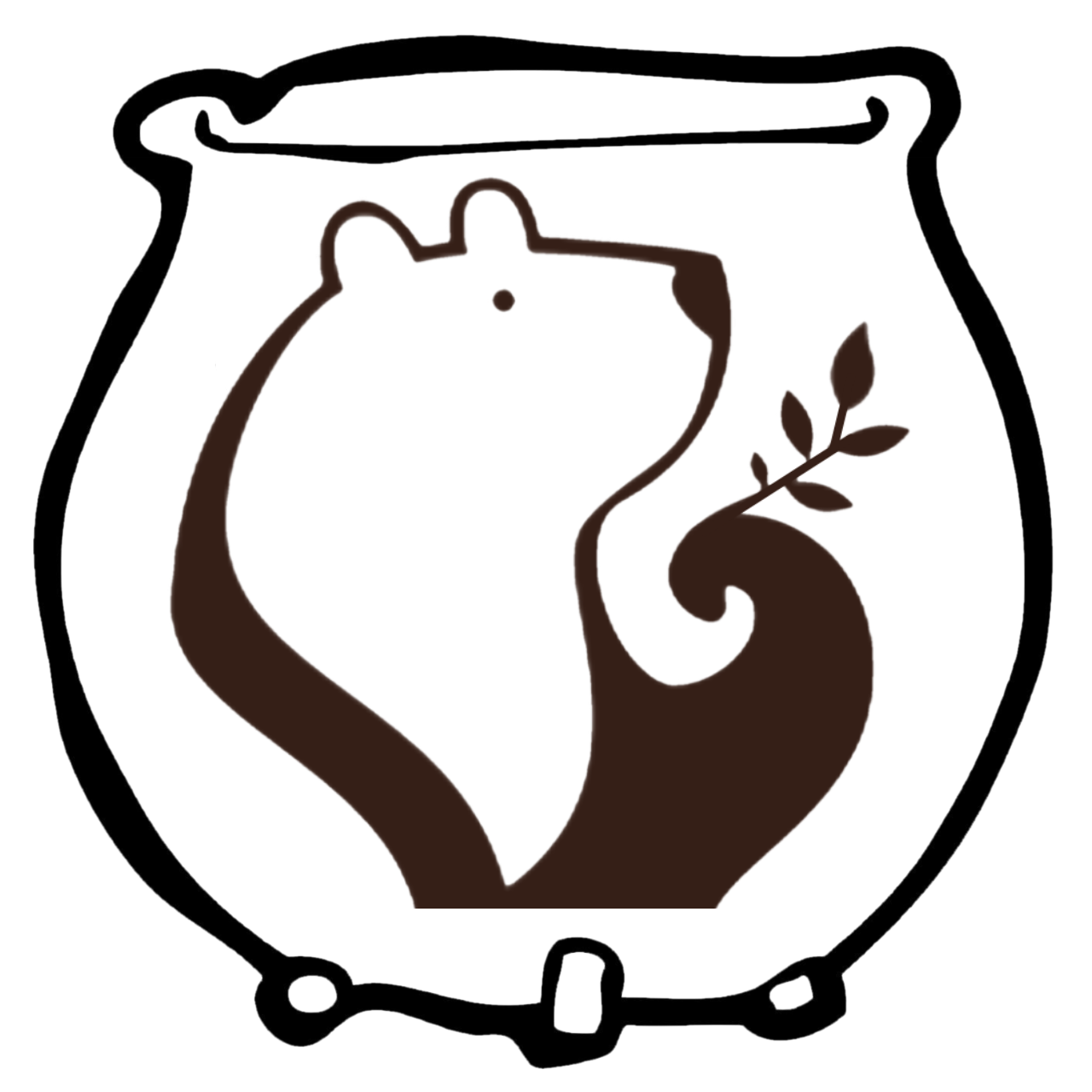Lily of the Valley
The May Bells
Sweetest of the flowers a-blooming
In the fragrant vernal days
Is the Lily of the Valley
With its soft, retiring ways.
Well, you chose this humble blossom
As the nurse’s emblem flower,
Who grows more like her ideal
Every day and every hour.
Like the Lily of the Valley
In her honesty and worth,
Ah, she blooms in truth and virtue
In the quiet nooks of earth.
Tho’ she stands erect in honor
When the heart of mankind bleeds,
Still she hides her own deserving
In the beauty of her deeds.
In the silence of the darkness
Where no eye may see and know,
There her footsteps shod with mercy,
And fleet kindness come and go.
Not amid the sounds of plaudits,
Nor before the garish day,
Does she shed her soul’s sweet perfume,
Does she take her gentle way.
But alike her ideal flower,
With its honey-laden breath,
Still her heart blooms forth its beauty
In the valley shades of death.
This feminine beauty is a complex character. She is of singular importance, being the only plant in her genus. She often grows very close together, forming a dense mat. This gives her a tenacity in claiming the space she chooses to take up. She spreads both above ground and below ground by means of rhizomes as well as horizontal creepers called stolons. Her glossy leaves, usually two but sometimes three, are bluish-green on top and pale on the underside. Both elliptic and lanceolate in shape, the leaves can be sharply tipped. However, it is her flowers that steal hearts. Lily of the valley produces a gracefully arching stem with white fragrant flowers that are borne in a row. Each of these racemes will typically grace us with 5-10 of the sweet flowers. Her fruit is a round and juicy red berry that contains 1-6 seeds. But be warned: All parts of the plant (including the berry) contain cardiac glycosides and are poisonous if eaten. She is a heart stopper in more ways than one.
The Magic of Lily of the Valley
Correspondences
Element: Air
Gender: Feminine
Sabbat: Ostara, Beltane
Planet: Mercury
Chakra: Unknown
Spellwork
Memory
Peace
Purify
Heal
Fairy
Proverb
Hungarian: Even a white lily casts a black shadow.
The Medicine of Lily of the Valley
Ayurvedic
Not Applicable (TOXIC)
Herbology
Not Applicable (TOXIC)
TCM
Not Applicable (TOXIC)
Science of Lily of the Valley
Botany
Botanical Name: Convallaria majalis
Family: Asparagaceae (Asparagus Family)
Type of Plant: Herbaceous perennial
Habitat: Fertile soil, Shade
Zone: 3-8
Bloom Time: April – May
Height: 1 foot
Spread: 1 foot
Propagation: Divide pips
Harvest: TOXIC
Part Used: None (TOXIC)
Constituents: TOXIC
Native Region: Europe
Sustainability: Good/Invasive
Leaf
Structure: Simple
Arrangement: Nearly basal
Shape: Oval ovate
Length: 4-10 inches
Margins: Entire
Surface: Smooth
Flower
Inflorescence: Complex spray
Sexuality: Perfect
Stamen: 6
Petals: Bell shaped
Color: White to Pink
Size: Small
Sacred Story
Born the third son of King Henry II of France and Catherine de’ Medici, Charles Maximilian was proclaimed King Charles IX, following the deaths of his older brothers, on 5 December 1560 at the age of 10. That same year, Charles and his mother visited the South of France. A Knight, Louis de Girard de Maisonforte bestowed upon them a cluster of Lilies of the Valley as a lucky charm. Enchanted by the flower and the respect, the young boy gave each lady of his court some Lillies of the Valley the following May, declaring that the tradition was to take place each year. Thus begins the French tradition of bestowing this flower on loved ones on May 1st. Eventually, a ball called ‘Le bal du Muguet’ was added to the celebration. Girls dress in white and wear a Lily of the Valley while dancing with boys and drinking May Wine. It was said that wetting your lips with May Wine would bring you happiness for the year. Of course, wetting your lips with the Lily of the Valley brings death.




